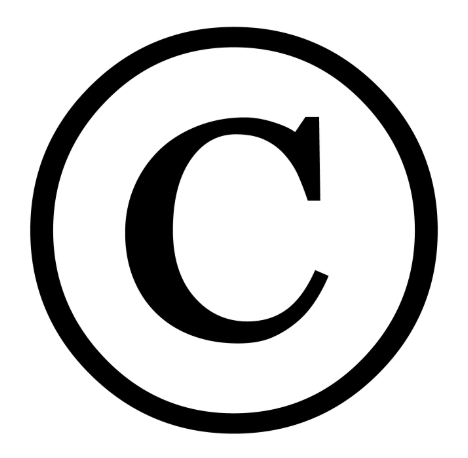
Has someone copied your logo?
Let’s start with what is protected by copyright and, accordingly, when you have the possibility to use the website blocking mechanisms described in this article:
- Logos
- Website design
- Unique texts
- Graphics and images
- Video
- Music and audio
- Any unique work created by your efforts
To protect ideas or concepts, they need to be embodied in a specific form. For example, if your logo appears on a website, in a book, or you have a mobile application with a unique design — all of that can be protected. But abstract ideas cannot.
We are often asked to remove reviews that use a company’s logo. Unfortunately, this is not possible. The law allows the use of your company’s logo and trademark in reviews. However, there are other reasons why you may request the removal of a review, such as defamation.
Now that we understand when you can fight back, let’s move on to the protection mechanisms.
Imagine this situation: your logo was copied and is being used on another website. What should you do?
1. Contact Google
Go through the short questionnaire and proceed to fill out the complaint. Note that there is the Lumen project, which involves publishing information about the complaint, and sometimes even the applicant’s personal data. So, before completing the form, take this into account. In our practice, there have been cases where the applicant’s name and surname were published.
Since providing step-by-step instructions for completing the entire form would be too lengthy, here are a few key points to focus on:
- Describe the reason for the violation clearly and in detail — this is crucial for your complaint to be accepted.
- Prepare proof of your intellectual property rights — be ready to confirm your rights to Google. Have supporting documents ready in advance, such as a design contract or brand book.
- If you are representing a legal entity, ensure you have sufficient authority to file the complaint.
2. Contact the hosting provider
Some advise waiting for Google’s response, but we do not recommend this approach. Use all available mechanisms simultaneously to achieve the best results. After filing a complaint with Google, immediately contact the hosting provider of the infringing website and submit your complaint.
Most hosting companies have mechanisms to resolve disputes and can help with removing unlawful content. In your complaint to the hosting provider, clearly state what exactly infringes your intellectual property rights and attach the necessary documents confirming both your rights and the violation.
3. Contact the domain registrar
If your logo is being used in a domain name, do not delay — contact the domain registrar. Often, they may ignore such requests and recommend contacting ICANN (Internet Corporation for Assigned Names and Numbers — the organization that handles domain name disputes). However, we still use this option as another mechanism.
(By the way, if you are interested in learning more about ICANN, you can read our article via the link.)
4. Contact copyright protection organizations
Different countries have organizations dedicated to copyright protection that can assist in resolving intellectual property disputes.
5. Contact the website owner
Sometimes you can reach out directly to the website owner. However, ownership information is often hidden due to anonymous registrations or intermediaries. In some cases, though, you may be lucky enough to find contact details via WHOIS or other sources.
6. Go to court
Although we do not handle litigation, and court proceedings are generally longer and more expensive, this option still exists.
This is the general list of where you can turn. However, it is important to remember that each case is unique, and the resolution mechanisms may vary depending on the specific violation. Every situation should therefore be assessed individually.
In this article, we will also cover which laws you can rely on when your rights are infringed, as well as how to protect yourself from violations or increase the likelihood of having an infringing website blocked.
Let’s begin with the first key instrument — the DMCA (Digital Millennium Copyright Act).
This law allows you to file a complaint regarding copyright infringement online, particularly concerning the use of your content without permission. With DMCA, you can request that works be removed by hosting platforms and other online services.
Although DMCA is a U.S. copyright law, its application is not limited to the U.S. In practice, DMCA procedures are recognized and applied by web hosting providers and online platforms across much of the world.
Finally, let’s look at how you can protect yourself from violations and improve your chances of blocking infringing websites:
- Sign contracts with your contractors to confirm your intellectual property rights (e.g., for design or brand book development).
- Register your copyrights.
- Develop policies that specify who owns the content and define the conditions for its use online.
- Although we are focusing on copyright, it is also advisable to register your logo as a trademark. This will give you greater protection and allow you to fight more effectively against unauthorized use of your logo by other companies. It helps avoid questions about ownership and why the image must be removed without a court order.
If you still have questions, wish to file a takedown request, or plan to register a trademark or copyright — contact Fidustria, and we will be happy to assist.
The initial consultation is free of charge.
